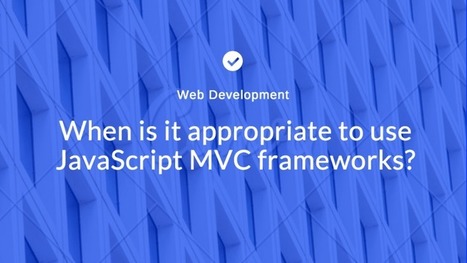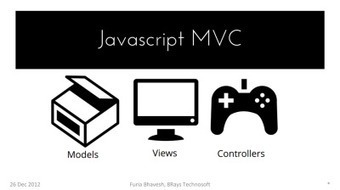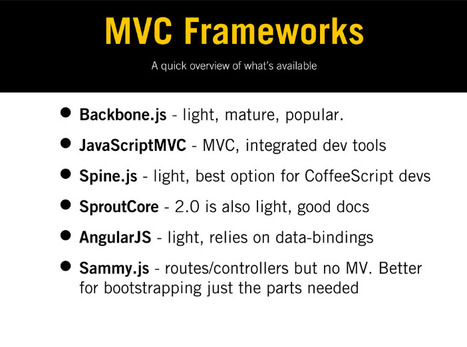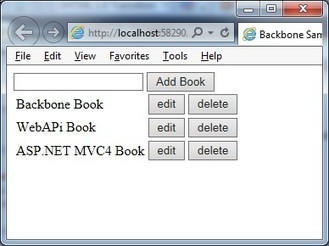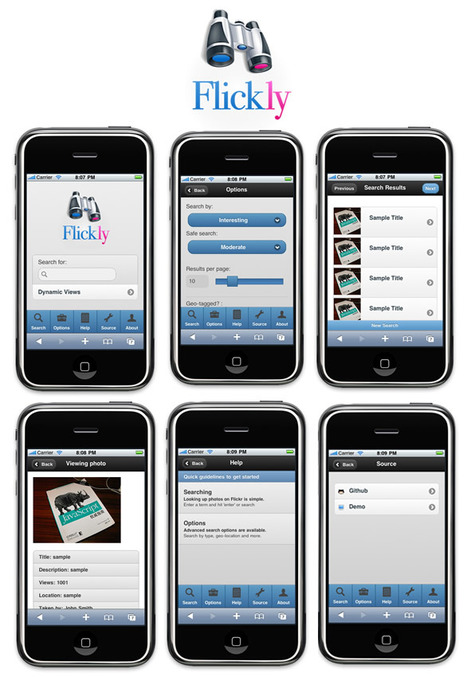Not surprisingly, given the popularity of the MVC pattern, there are a number of adherent JS frameworks to choose from. Angular JS, Ember, andBackbone are among the most popular, and will be the focus of this article.
Your choice here can drastically affect your team’s ability to meet deadlines and maintain your project in the future. Each of these frameworks will give you a set of tools for writing code that follows the separation of concerns ideology. For the most part, they each have thriving online communities that offer support and tutorials to developers.




 Your new post is loading...
Your new post is loading...
